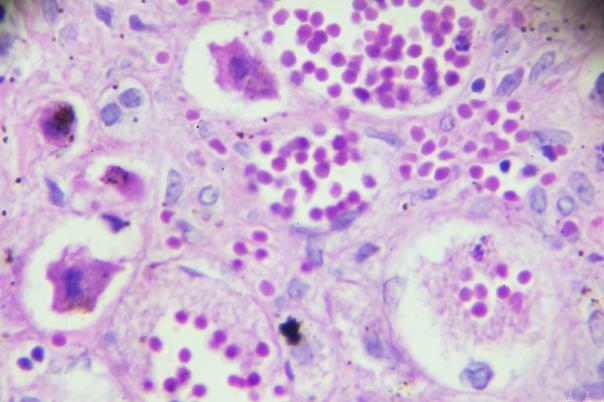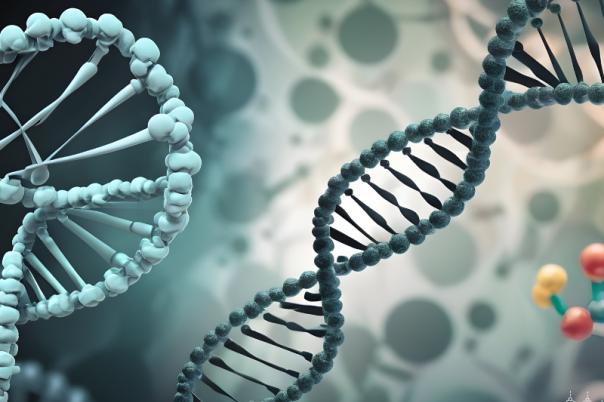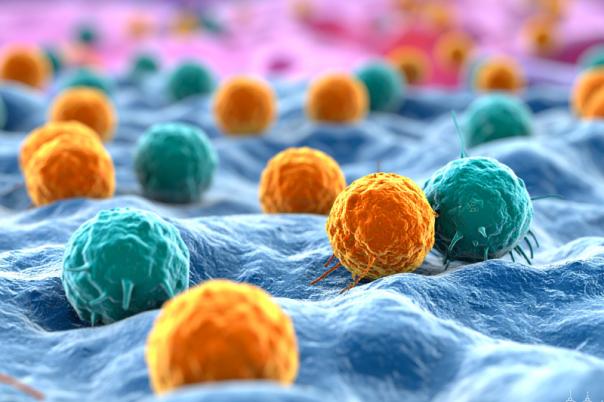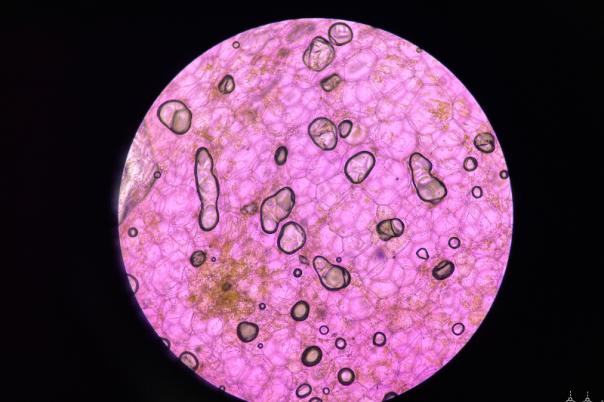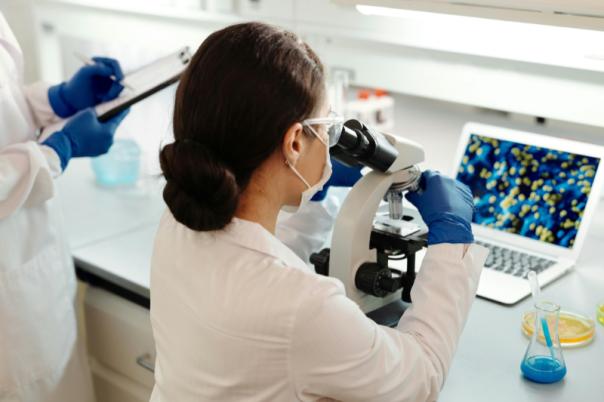In the field of spatial biology there are two main types of technologies available to researchers: sequencing based spatial biology techniques, and imaging based techniques. Furthermore, each of these technologies comes with its own unique capabilities and limitations. This was the first takeaway message that Christoph Kuppe’s presentation. Kuppe is a Principal Investigator at his Kuppe Lab and physician-scientist at RWTH Aachen University Hospital.
MERFISH is a technology based on the earlier FISH (fluorescent in situ hybridisation) which generates large amounts of imaging data based on hybridisation rounds. The technique provides a detailed picture of gene expression and spatial information using usually a 500 gene panel.
This technology generates a huge amount of data: the raw data for MERFISH can be three to five terabytes. Due to the vast amount of storage needed to hold this data, researchers are working on evolving their algorithms for spot detection, so there is potential to eventually only need to store the count data.
Kuppe then highlighted some of the benefits of MERFISH: for example, it can be used on archived FFPE samples, providing insights into disease progression and treatment responses, particularly in cancer and other diseases.
The technology also comes with some challenges, like the fact that it can be difficult to interpret the data that MERFISH produces. Therefore, sophisticated computational tools are sometimes needed to analyse spatial patterns and cell-cell communication interactions.
Then Kuppe walked us through how imaging-based technologies allow for the analysis of cell morphology and sub-cellular structures. This adds a new dimension to data analysis compared to single-cell RNA sequencing. Kuppe also highlighted the importance of accurate cell segmentation and the use of algorithms like cell pose, while exploring alternative methods that might improve segmentation accuracy.

